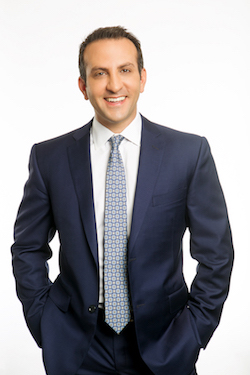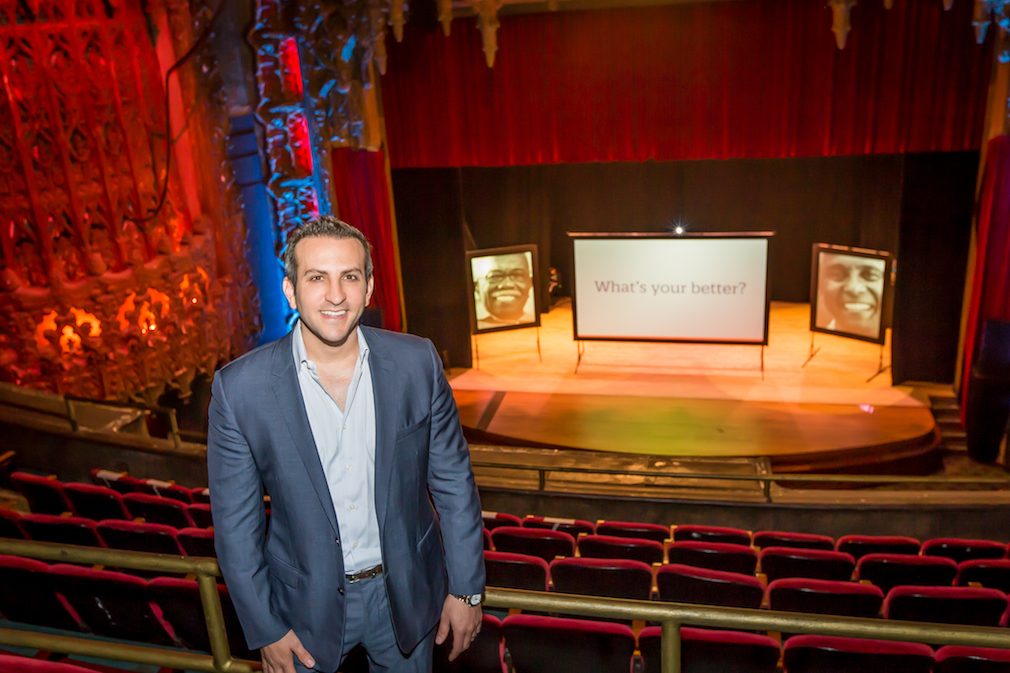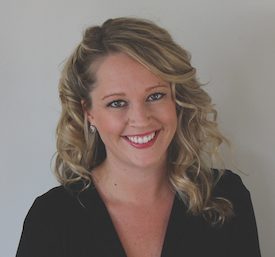Holding tight to a quarter of market share, American Advisors Group is a goliath in the reverse mortgage space. Its TV campaigns featuring the late Fred Thompson and Tom Selleck have grabbed the attention of thousands of America’s retirees, pushing its loan volume far past the competition, regularly beating out the second-best by more than double.
But HECM volume has tanked in recent months as the industry struggles to regroup after major program changes that have reduced the number of consumers who could benefit from the loan.
While some lenders in the space are consolidating or launching private reverse mortgages to survive in today’s climate, AAG is taking an entirely different approach.
In June, the California-based company announced its official rebrand as a holistic provider of home equity solutions. With a mission to help seniors “retire better,” the lender expanded its offerings to include conventional and FHA refinance loans, plus real estate services specifically designed to help seniors looking to buy or sell home.
HousingWire sat down with AAG’s CEO Reza Jahangiri to talk about the lender’s new focus, the future of the reverse space and the important role home equity has to play in shaping the financial future of America’s retirees.
 Q: Congrats on the rebrand! Tell me about the vision behind this move.
Q: Congrats on the rebrand! Tell me about the vision behind this move.
The vision was to transform AAG into a product-agnostic, solutions-based company that is focused on helping seniors “retire better” by tapping into their home equity. To do this, we had to move away from only offering the HECM to, instead, offering a full suite of home equity solutions, including HECM, proprietary reverse, traditional mortgages and real estate services.
The reason for this was that it was apparent that the HECM business model was not moving the needle on helping millions of seniors consider using home equity more strategically. In short, we were not achieving velocity or increasing market penetration by being 100% HECM-focused. Considering that half of the nation’s seniors experience a decline in their standard of living in retirement, with many relying solely on Social Security for income, this just wasn’t acceptable. We decided it was time to come at it a different way, to open more doors.
In our research, we learned that seniors need to feel confident in their decisions and a big part of that process is being given options. We also learned that many customers who decided against a HECM went on to either downsize or extract equity another way. Based on those insights, we changed our entire business model from being a monoline, product-focused company to a solutions-based business offering a wide range of options. The transition was pretty seamless, because offering options fits extremely well with AAG’s consultative sales approach.
Q: Do you think we will see other reverse lenders pivot in this climate, either by consolidating or branching out?
Consolidation and branching out are natural attributes of an evolving marketplace. In that regard, I expect we’ll see some changes in the industry.
For now, this transformation puts AAG in a category all our own, a category of one. There is no other company focused exclusively on seniors that offers a full suite of solutions in connection with home equity and retirement.
Q: AAG has been reverse-only since its inception in 2004. How do you intend to navigate the challenges that are bound to arise when you expand your product suite?
A: We’ve been navigating this transformation over the past three years. We began the actual build-out in late 2016. In other words, we did not make the decision to expand our product suite overnight. It started with a significant amount of data analysis and research, followed by market testing of the new brand messaging and product lines. The feedback and results from the testing phase were so strong that we felt confident going in this new direction, especially since we were able to address many of the implementation challenges during the testing phase.
Q: For more than five years now, AAG has been leading the pack in reverse mortgage lending. What has propelled the company to such success? Care to share the secret sauce?
A: AAG quickly grew to No. 1 after launching our highly recognized national advertising campaigns featuring celebrity spokespeople, like former senator Fred Thompson and Tom Selleck.
But where we really differentiate ourselves is in our tendency to break with convention. We invest in the dips and double down, for instance, even when the market is down. That’s because we believe strongly in the thesis – that seniors are facing a financial crisis and that home equity has to be part of the solution – and because of this we have stayed the course, independent of the market conditions. And that strategy has been working. With every downturn, we have come out the other side with more market share.
We have also done well guarding against the volatility in the HECM market by building a larger balance sheet and diversifying our revenue streams, including adding a third-party channel, distributed sales; becoming a master servicer/Ginnie Mae issuer; and now adding more home equity products to really become a home equity solutions business rather than solely a reverse mortgage company. Beyond that, we built an incredible team and a mission-driven culture based on core values of being caring, driven and ethical.
Q: HUD’s latest round of HECM changes have taken a chunk out of volume. I’ve heard HUD has been open to discussions with the industry about the impact. Do you expect it to reassess PLFs and other issues? Does it need to in order for the market to rebound?
A: For the HECM program to continue its mission to serve America’s seniors, it needs a strong financial footing that effectively manages the risks on behalf of America’s taxpayers. In that regard, HUD has made a series of changes over the past five or six years to the origination (front-end) side of the program. A number of these changes have made the program more sustainable and responsible, and safer for consumers, lenders and the government.
But the root of the Mutual Mortgage Insurance Fund volatility really lies in the servicing (back-end) management of the program and in some of the modeling assumptions. We have spent a lot of time over the last year researching this, and this administration has the potential to not only ensure negative subsidy of prospective originations, but also to help stop losses attributable to the legacy books of business. It is a big undertaking and will take a lot of effort on the part of HUD.
Once the government addresses the back-end management issues and the program is fiscally sustainable, we will be able to have discourse around bringing some of the features that were better for consumers back to the table. Both the fund stability and potential for things like risk-based pricing being back in the equation will pave the way for sustainable growth in the market. At the end of the day, the HECM is the only loan specifically designed for seniors. It really is the most elegant and most underutilized of the retirement tools.
Q: There’s been a lot of innovation on the proprietary front this year, which I suppose is one good thing to come out of low HECM volume. Do you think we’ll see private reverse mortgages eventually taking up a bigger slice of the pie?
A: We are at the beginning of a very important journey with regard to proprietary products, and we have a ways to go before we can compete head-to-head with government products (if ever), especially for lower home value borrowers where government will probably always have a stronghold.
Iteration will be key. The only way to grow the pie is to keep iterating – to offer more and different product attributes that serve different segments of the population. If we can do that, then we should see continued growth in market share for private reverse mortgage products.
Q: In your mind, what does the reverse mortgage market look like 10 years from now?
A: We're in the middle of a mindset shift in society. We're really in the early days of home equity being utilized in retirement, and we’re starting to see experts and consumers embracing the concept. In that regard, we're on the cutting edge, because in the future we feel that tapping into home equity is going to be much more prevalent in the lives of retirees. This has been talked about for many years, especially by people in our industry, though we are finally hitting an inflection point in the data as well as public awareness/sentiment. In addition, entitlement reform is going to move from rhetoric to a reality over the next 10 years. That is going to place increased pressure on our seniors to come up with private alternatives to funding their retirement.
As the home equity concept starts broadening out, reverse mortgages will rise with that tide. The HECM is elegantly designed to meet seniors’ cash flow needs, and the product enhancements made by government will ensure that it continues to play an important role.







